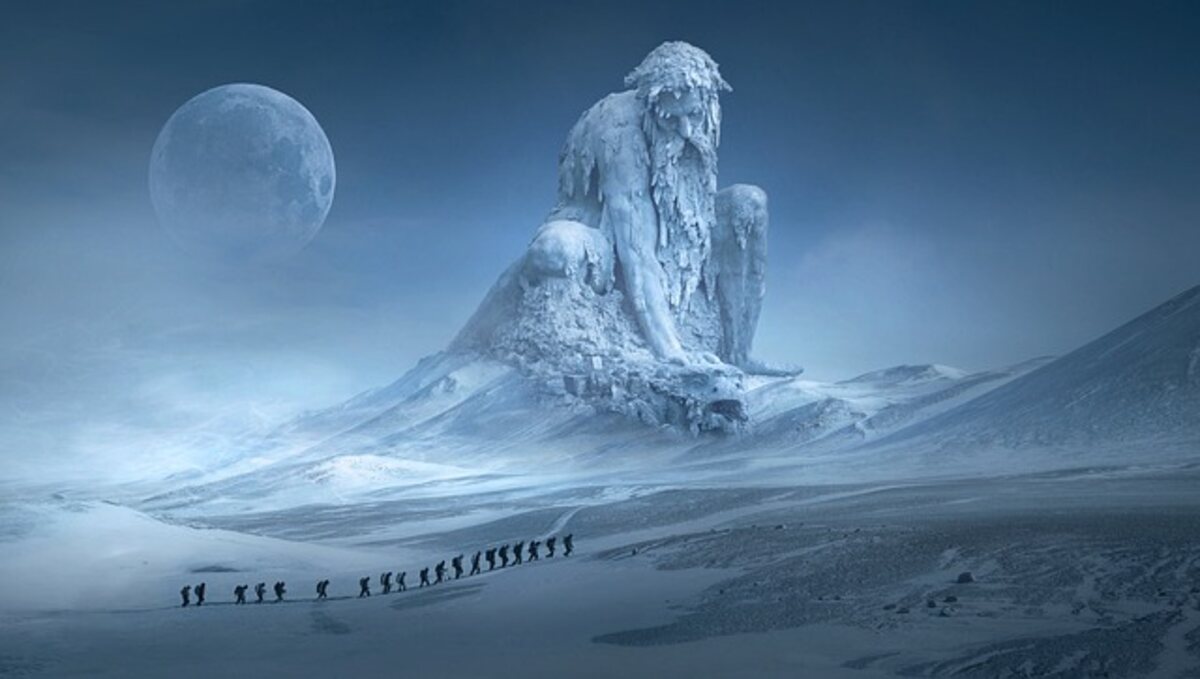How Much Snow Did We Get?
A major winter storm hit the Northeast last month, dropping heavy snow that forced school closures and led to an airport plane skidding off a taxiway. How exactly was its accumulation measured?
Meteorologists use both humans and simple tools to tally snowfall totals. Here’s how.
How much snow did we get in Rochester?
Rochester is typically known for frigid winters filled with lake-effect snowfall; however, this season has been relatively non-snowy compared to expected. Through February 5th, the National Weather Service recorded only 21.2″ of snow, 40 inches less than usual – one of Rochester’s least snowy years since the early 1930s!
Winter officially arrives in Rochester around December, though wintry conditions often begin showing as soon as October. Snowstorms often occur between January and February. A major blizzard-like event could also occur anywhere between March and May.
Rochester typically receives about 100″ of snow each winter, which puts them behind Buffalo when considering how much has fallen there already this winter and last year. With Buffalo getting so much more, Rochester falls short in snowfall total.
No matter how snowy or mild this winter, Rochester offers plenty of fun! Snowfall typically starts around November, with the last snowfall usually occurring in April; occasionally, ten-inch storms have brought even more.
The following tables present data on how often and how much snow falls in Rochester each winter month, along with total annual amounts. Click any box for more details.
Rochester experienced its highest annual snowfall in 1959 when 151.7 inches fell; subsequent snowiest years included 1970, 1978, and 2004 due to numerous significant blizzards that dumped heavy snowfall on the city. 1968 witnessed its lowest yearly snowfall at 47.2″, while 2021-22 recorded only 34.4″! January 1958 recorded 64.8″, while February 1966 experienced 54.2″.
How much snow did we get in the Mid-Hudson Valley?
After an otherwise mild winter season, a powerful Nor’easter made landfall; forecasters predicted up to three feet of snow would be falling – they were accurate in their prediction!
The blizzard began late Sunday evening and continued into Monday, bringing snowfall rates exceeding one inch per hour in many locations. By Tuesday morning, snow accumulation had reached at least a foot across most valley communities, with some areas in northern Dutchess County even surpassing three feet! Drifts covered two-story homes and cars as far as the eye could see, their length reaching into the heavens in some spots.
As soon as the snow ceased on Wednesday, cleanup efforts had already commenced. Businesses closed, schools canceled, and commutes became treacherous and slippery; traffic jams and power outages resulted from this storm, and some communities like Poughkeepsie issued states of emergency declarations in response.
Some areas saw relief on Thursday as snow began to slowly ease up and shift to flurries. Yet, this weekend, more snowfall is predicted, prompting the National Weather Service to issue a winter storm warning for parts of Mid Hudson Valley starting Monday night and lasting through 8 a.m. Wednesday. The warning will apply in Orange, Ulster, Sullivan, and Dutchess counties from later Monday until 8 a.m. Wednesday.
The NWS warned for areas north and east of Interstate 84, where there is an increased chance of damaging, wet snowfall – up to 12 inches is possible in hills and mountains – leading to travel difficulties and potential power outages.
As well as snowfall, the warning includes wind gusts up to 40 mph and icy conditions. According to NWS officials, heavy, wet snow may cause drifting or blowing effects and should be treated as hazardous weather.
On Friday evening commute, snow, sleet, and freezing rain are expected to begin falling across much of Colorado, with most snow expected at higher elevations. At the same time, valley locations should experience less snow but more sleet and rain than anticipated. As snow-to-liquid ratios fluctuate rapidly, it is hard to determine how much will fall.
How much snow did we get in the Northeast?
On Tuesday, a winter storm that blanketed much of the Northeast was covered by record snowfall, leading to power outages, school closings, and hazardous driving conditions in some locations. Delta Air Lines planes even skidded off their taxiways at Syracuse International Airport due to dangerous road conditions caused by this blizzard-like storm – not to mention numerous crashes and flight cancellations.
Computer models suggest higher elevations in the interior Northeast and New England could experience over one foot of snowfall, while closer to the I-95 corridor, totals will decrease significantly. Berkshires and the Taconic Mountains should experience the most significant snowfall accumulation.
New York state will experience significant accumulations of snow in its higher elevations – most notably the Adirondacks and Catskills, where Indian Lake in the Adirondack Mountains received 31 inches, and which will likely see 20-30 inches fall over several weeks; lower Hudson Valley areas should experience light accumulations between 1-3 inches.
Even with snowy conditions, most of the region remains well below average season snowfall. Central Park has only received 1.8 inches so far – this figure represents approximately 8 inches less snowfall than would typically fall across New York City during a given winter season.
Northeast’s low season-to-date snowfall total is primarily attributed to warm and dry weather since late fall. Western New York typically experiences significant snowfall each winter; this pattern has since been interrupted by Arctic air pushing into the Northeast region; likely, no change will come any time soon.
Last winter was unprecedented in terms of snow availability in many regions in the Northeast. Areas from Boston to Washington D.C. saw some of the most enormous season-to-date deficits across the nation; however, recent snowstorms are beginning to make up some of this deficit and should give a better indication as to what this winter may hold for us – although it would still be too early to call it off just yet!


